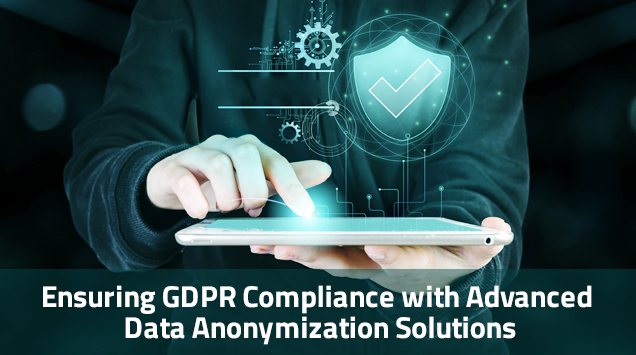In the digital age, where data is the new currency, protecting personal information has become a paramount concern for individuals and organizations alike. The General Data Protection Regulation (GDPR), implemented by the European Union (EU), stands as one of the most comprehensive and far-reaching data protection laws globally. Ensuring compliance with GDPR not only safeguards sensitive data but also fosters trust among consumers. However, achieving and maintaining GDPR compliance is not solely a technological endeavor; it heavily relies on the human factor, making employee training indispensable in the process.
- Understanding GDPR Compliance:
- Overview of GDPR: The GDPR, enforced in May 2018, is designed to harmonize data privacy laws across Europe and reshape the way organizations approach data privacy.
- Key Principles: GDPR emphasizes principles such as lawfulness, fairness, and transparency in data processing, as well as ensuring data accuracy, integrity, and confidentiality.
- Compliance Requirements: Organizations handling personal data must adhere to various obligations, including obtaining consent, implementing security measures, appointing Data Protection Officers (DPOs), and conducting data protection impact assessments (DPIAs).
- Importance of Data Security:
- Data Breach Risks: The proliferation of cyber threats highlights the vulnerability of personal data to breaches, leading to financial losses, reputational damage, and legal consequences.
- Legal Ramifications: GDPR imposes hefty fines for non-compliance, with penalties reaching up to 4% of annual global turnover or €20 million, whichever is higher.
- Role of Employee Training:
- Human Element: Despite technological advancements, human error remains a significant factor in data breaches. Educating employees on GDPR provisions and best practices empowers them to handle data responsibly.
- Awareness and Understanding: Training sessions should focus on raising awareness about GDPR principles, legal obligations, and the consequences of non-compliance. Employees should understand the types of data covered by GDPR and their roles in protecting it.
- Data Handling Practices: Training should encompass proper data handling procedures, including data collection, storage, processing, and disposal. Employees should be educated on encryption techniques, password management, and secure communication methods.
- Incident Response: Preparedness is crucial in mitigating the impact of data breaches. Employees should be trained to recognize potential security incidents, report them promptly, and follow established protocols for incident response and notification.
- Role-specific Training: Tailoring training programs to employees’ roles and responsibilities ensures relevance and effectiveness. IT staff may require advanced technical training, while non-technical personnel need a basic understanding of GDPR requirements applicable to their tasks.
- Ongoing Education: GDPR compliance is not a one-time effort but an ongoing commitment. Regular training sessions and updates keep employees informed about evolving threats, regulatory changes, and best practices.
- Best Practices for Employee Training:
- Interactive Learning: Engaging training methods, such as workshops, simulations, and case studies, facilitate active participation and knowledge retention.
- Real-life Scenarios: Incorporating real-life scenarios and examples relevant to the organization’s industry and operations helps employees grasp the practical implications of GDPR compliance.
- Assessment and Feedback: Evaluating employees’ understanding through quizzes, assessments, or simulations allows organizations to identify knowledge gaps and tailor future training efforts accordingly.
- Leadership Support: Leadership endorsement and participation in training initiatives signal the importance of GDPR compliance throughout the organization, fostering a culture of data protection.
- Documentation and Record-keeping: Maintaining records of employee training sessions, attendance, and completion certificates demonstrates diligence in compliance efforts and serves as evidence of regulatory adherence.
- Challenges and Solutions:
- Resistance to Change: Overcoming resistance to training requires clear communication about the benefits of GDPR compliance, addressing misconceptions, and fostering a supportive learning environment.
- Resource Constraints: Limited budget and time constraints may hinder comprehensive training programs. Leveraging online resources, partnering with external training providers, or integrating training into existing workflows can mitigate resource challenges.
- Keeping Pace with Updates: GDPR landscape evolves with regulatory updates and emerging threats. Organizations must stay vigilant and update training materials and programs accordingly to reflect the latest requirements and best practices.
Conclusion: Employee training plays a pivotal role in achieving and maintaining GDPR compliance and bolstering data security. By equipping employees with the knowledge and skills to handle personal data responsibly, organizations can mitigate the risk of data breaches, uphold legal and ethical standards, and build trust with stakeholders. As GDPR continues to shape data protection standards globally, investing in robust training programs is not only a regulatory requirement but also a strategic imperative for safeguarding sensitive information in the digital age.
